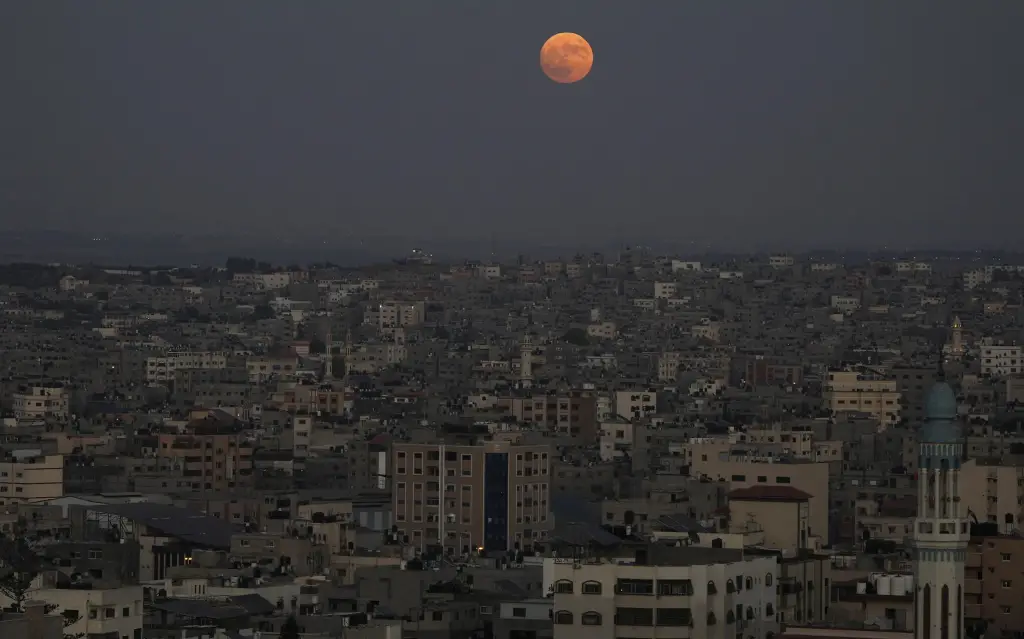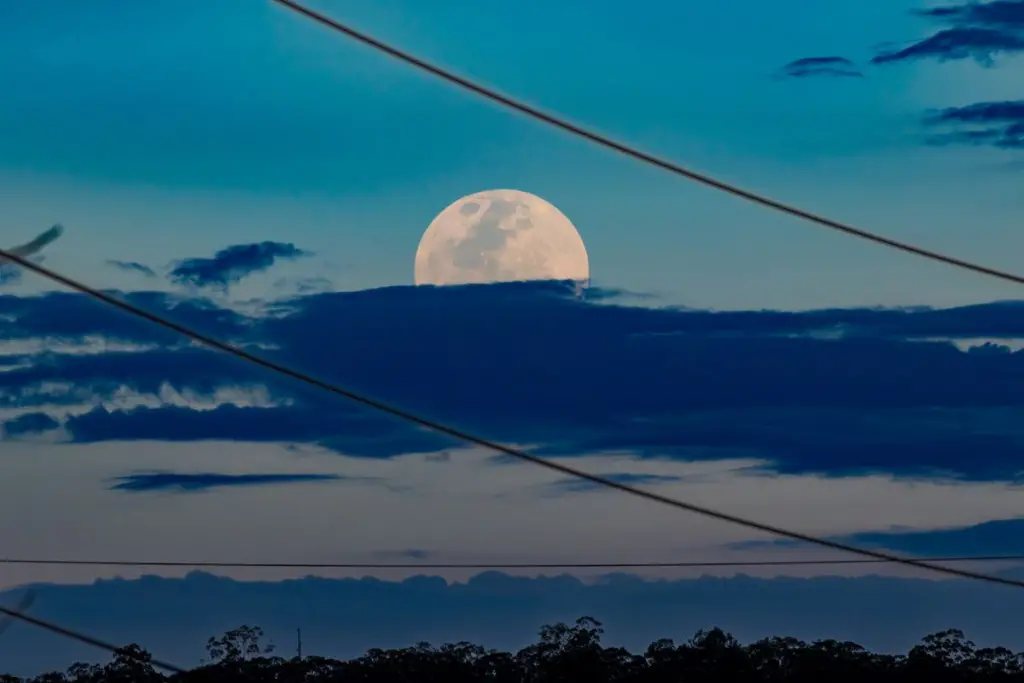Key Takeaways:
- The Blue Supermoon, a rare celestial event, graced the night sky in August.
- It’s the second full moon in a single calendar month and occurs every two to three years.
- This year’s Blue Supermoon coincided with a supermoon, making it even more remarkable.
- Contrary to the name, the moon doesn’t appear blue; it retains its milky gray hue.
- The next Blue Supermoon won’t be until 2037, so this was a unique astronomical event.
August concluded with a celestial spectacle, a blue supermoon, captivating stargazers worldwide. This captivating event, which occurred on a Wednesday at 9:36 p.m. Eastern time, is a blue moon, the second full moon in a single calendar month. Typically, each month hosts only one full moon, but the lunar cycle, spanning 29.5 days, occasionally aligns with our calendar, giving rise to these unique occurrences.
This particular celestial show was even more special because it was a blue supermoon. A supermoon takes place when the full moon coincides with the moon’s perigee, its closest approach to Earth. Supermoons shine brighter and appear larger than regular full moons, with an apparent size increase of approximately 14 percent, akin to the difference between a nickel and a quarter. While supermoons grace the skies every three or four months, blue moons are much rarer, occurring every two to three years. Blue supermoons, even more elusive, emerge approximately once a decade. The last was in 2018, during a lunar eclipse, and the next will come as a pair in 2037.
Despite the name, the term “blue moon” does not describe the moon’s color, as it typically retains its familiar milky gray appearance. Only in exceptional circumstances, such as wildfires or volcanic eruptions, can the moon take on a bluish tint. The modern definition of a blue moon, denoting the second full moon in a calendar month, was introduced by Sky & Telescope magazine in 1946, differing from its earlier meaning of the third full moon in a season with four full moons.
One of the fascinating aspects of celestial events like the blue supermoon is that they are visible to observers worldwide. Regardless of location, everyone on Earth observes the same lunar phases at night, provided the view is unobstructed by clouds. To enhance the viewing experience, NASA recommends using binoculars or telescopes to appreciate the moon’s intricate surface textures. Additionally, during the blue supermoon event, keen skywatchers might have noticed a bright dot to the upper right of the moon, which was Saturn, nearing its closest point to Earth, and its orbit around the moon could be observed during the night. This celestial ballet was a delightful bonus for those who turned their gaze skyward on this extraordinary evening.
#1 The moon behind the Galata Tower in Istanbul.

Credit: Yasin Akgul/Agence France-Presse
#2 The moon above buildings in Havana

Credit: Yamil Lage/Agence France-Presse
#3 The moon over Crescent City Connection in New Orleans

David Grunfeld/The New Orleans Advocate, via Associated Press
#4 A rare blue supermoon rising over Lake Michigan

Charles Rex Arbogast/Associated Press
#5 The supermoon rises behind the ancient temple of Poseidon at Cape Sounion

AP Photo/Thanassis Stavrakis
#6 Blue supermoon rises over a station of wind turbines, in the Golan Heights, northern Israel,

Ayal Margolin/Flash90
#7 A supermoon rises over Montevideo, Uruguay

Matilde Campodonico/AP
#8 The supermoon rises in the sky over the houses of Gaza City, the Gaza Strip

Adel Hana/AP
#9 Blue supermoon rises behind the small village of Ujue, northern Spain

lvaro Barrientos
#10

#11

#12

#13

#14 The last blue moon rises behind One World Trade Center and the Manhattan skyline shorty after sunset on October 31, 2020.

#15 The supermoon rises behind a hill at Pera Chorio Nisou, outskirts of Nicosia, Cyprus, Tuesday, Aug. 1, 2023.

#16 Blue supermoon captured in East Midlands



